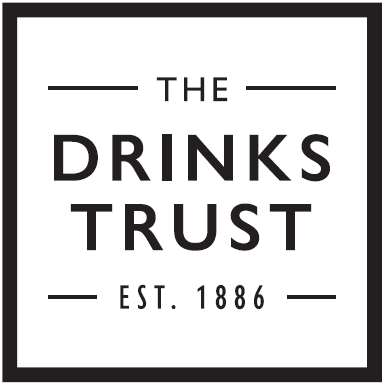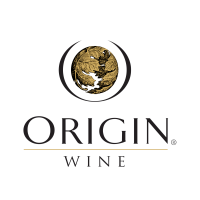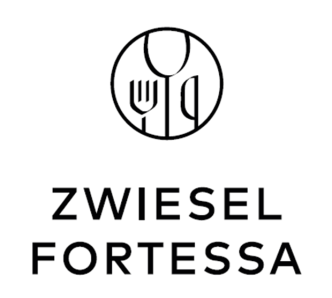Your family's history is deeply rooted in Port, yet you've often positioned yourself as a provocateur in Portuguese wine. How do you balance honouring tradition with pushing the boundaries of what Douro wines can be?
I deeply respect tradition and the wealth of empirical knowledge passed down through generations. But I've always wanted to combine that with a more modern, logical approach. Since I never studied formally, my head is free of boundaries. Curiosity drives me, and that makes me experiment a lot. I dream endlessly, but I keep my feet on the ground - The sky's the limit. I honour tradition, but I don't feel stuck in it. For me, the real goal is to take the best of tradition and carry it forward in time.
In the last few decades, the rise of still red and white wines from the Douro has redefined the region's international reputation beyond Port. How do you see their role in shaping the Douro's identity in the 21st century?
There are still a few people who think Douro wines harm Port, but that view is fading. I believe in synergies. The Douro is vast - 45,000 hectares - and contains many identities. Some vineyards are clearly perfect for Port, but many are actually better suited for still wines.
I often ask: how would the Douro look today without its still wines? A few figures (approximate but telling): in 1987 we had around 100,000 pipes of Port and fewer than 1,000 of DOC Douro. Today, we're making about 90,000 pipes of Port - and roughly the same of DOC Douro.
The wines have attracted new audiences, people who want to visit the Douro, experience this dramatic, majestic landscape, and then discover Port as well. And vice versa. What matters most now is giving the region stability.
When you create or guide a project, what are you ultimately aiming to capture in the bottle - an expression of place, a story, or a personal vision?
I've never made wine for journalists or consumers. I simply follow my instincts, making the wines I dream about. I draw inspiration from great wines around the world, and from special people, but always with respect for the Douro's terroir, grape varieties, and traditions. In the end, my wines are my own interpretations - personal visions shaped by place.
You collaborate widely outside Portugal. How have these experiences influenced your approach back home in the Douro?
Working outside my own terroir helps me better understand the uniqueness of our own region. Projects in Spain, South Africa, Austria, Germany, and even Japan have taught me a lot. Beyond that, they're simply fun - a diversion that keeps me fresh and curious.
With climate change, shifting consumer tastes, and the pressure of global markets, what do you see as the greatest opportunities and threats for Portuguese wine in the next 20 years - and where does Niepoort fit into that future?
We live in a world moving far too fast for humans to truly keep pace, and that's both dramatic and dangerous. Climate change is real and a clear challenge. Interestingly, regions once considered too cold are now benefiting - but they also struggle, because their wines risk losing the identity that once made them great.
In hotter regions like ours, we're used to extremes and perhaps adapt more easily. But it's also obvious that vineyards should not be planted just anywhere. Places that were once impossible for vines are now producing very good wines.
As for Niepoort, our role is to adapt with creativity and curiosity - honouring tradition while pushing boundaries - so that Portuguese wine not only survives but thrives in this new landscape.

Q&A: Dirk Niepoort, winemaker & leader, Niepoort
Enigmatic, visionary, and unafraid of risk, Dirk Niepoort is the fifth generation at the helm of one of the Douro's leading Port and table wine producers. Yet, as James Lawrence discovers, the future weighs heavily on his mind.
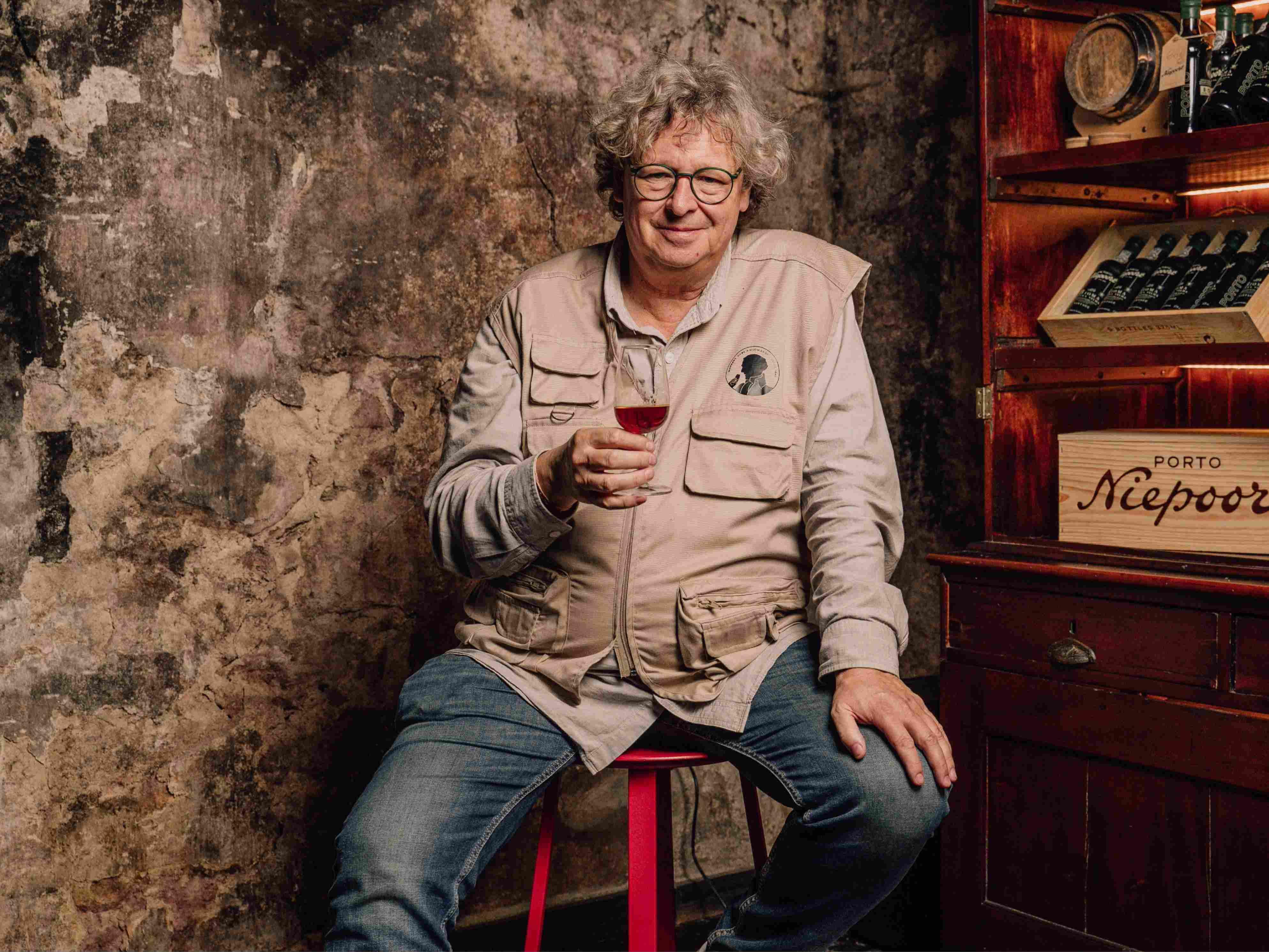
Dirk Niepoort





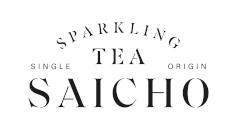




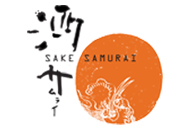
.png)

